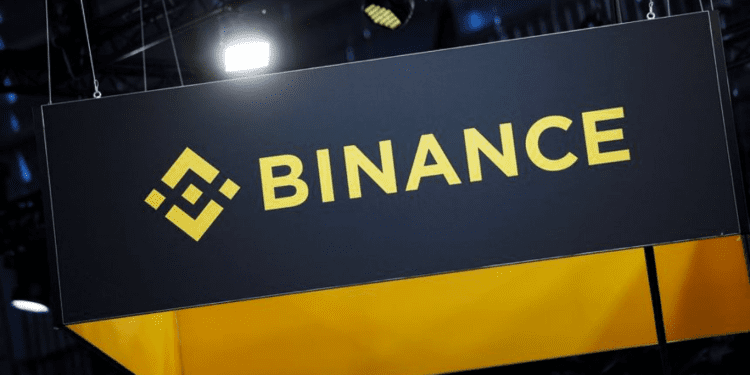- Binance’s market presence has been slipping consistently since January 2023.
- Regulatory challenges in the U.S. and other internal decisions contribute to the decline.
- Other exchanges are capitalizing on Binance’s decreasing hold, enhancing their own positions.
Binance, one of the world’s leading cryptocurrency exchanges, is seeing a consistent reduction in its global market presence, especially over the recent months. A recent analysis from Bloomberg highlighted the decline.
In the spotlight is Binance’s spot market. As of September 2023, the numbers showed that their share has decreased from 39% in August to a mere 34%. To provide some perspective, back in January 2023, Binance dominated with a staggering 55% in the same category.
But the spot market isn’t the sole area of concern. The derivatives market also witnessed Binance’s slipping grip. Data from September revealed a drop from 54% in August to 52%. Again, going back to January, they had a robust dominance of over 61%.
CCData’s research analyst, Jacob Joseph, pointed out that the U.S. regulatory challenges Binance has faced are not solely to blame. The significant fall can also be attributed to the company’s decision to end its enticing zero-fee trading promotion on significant trading pairs.
Further shaking Binance’s stature was its strategic move to conclude its services in some pivotal markets. Notably, in September, the exchange decided to depart entirely from the Russian market. This decision saw them selling their entire local operation to the newcomer, CommEx exchange. This was a substantial shift given that nearly 8% of Binance’s platform traffic was driven by Russian users.
Adding another layer to the company’s changing landscape, Binance restructured its trading fees earlier in September. They reintroduced a regular taker fee, which was determined by the user’s VIP level. A clear example of this change was the imposition of a 0.1% taker fee on spot and margin trades for the average users.
But as Binance’s hold wanes, other exchanges are finding opportunities to expand. Binance’s lost ground in spot trading is being claimed by exchanges such as HTX (previously known as Huobi), Bybit, and DigiFinex. In the arena of derivatives, exchanges like OKX, Bybit, and Bitget are marking their territory, chipping away at the market share previously held by Binance.
Binance’s Stability: Rock Solid or Shaky?
Analyzing the recent decline in Binance’s market presence, there emerges a twofold narrative about its future trajectory. On one hand, Binance’s past reputation as a dominant player in the crypto exchange world may grant it some resilience.
Brand recognition, established user bases, and global reach are assets that can enable it to weather transient storms. On the other hand, the marked decline in several areas, coupled with regulatory challenges and internal strategic decisions, paints a concerning picture.
Drawing parallels with the trajectory of FTX, a once-thriving platform that faced setbacks, it’s clear that no company is impervious to market dynamics and external pressures. Regulatory issues, in particular, can be significant hurdles, especially for platforms operating on a global stage.
For Binance, adaptation will be key. The company’s decisions in the coming months, including how it navigates the regulatory landscape, addresses competition, and possibly restructures its offerings, will be pivotal. While it’s premature to predict an imminent downfall, the warning signs indicate that Binance must innovate and adapt rapidly to retain its esteemed position in the volatile world of cryptocurrency exchanges.














